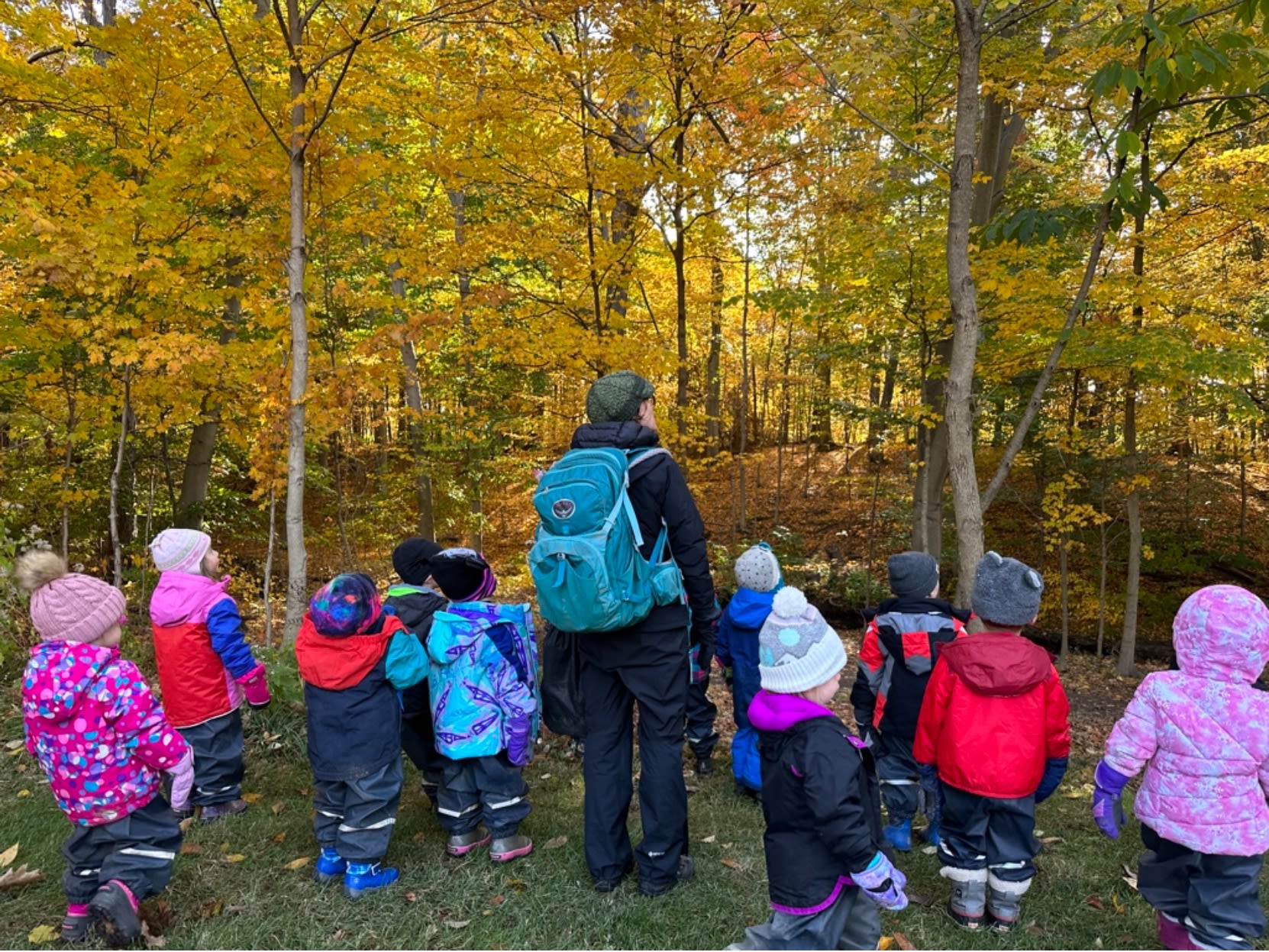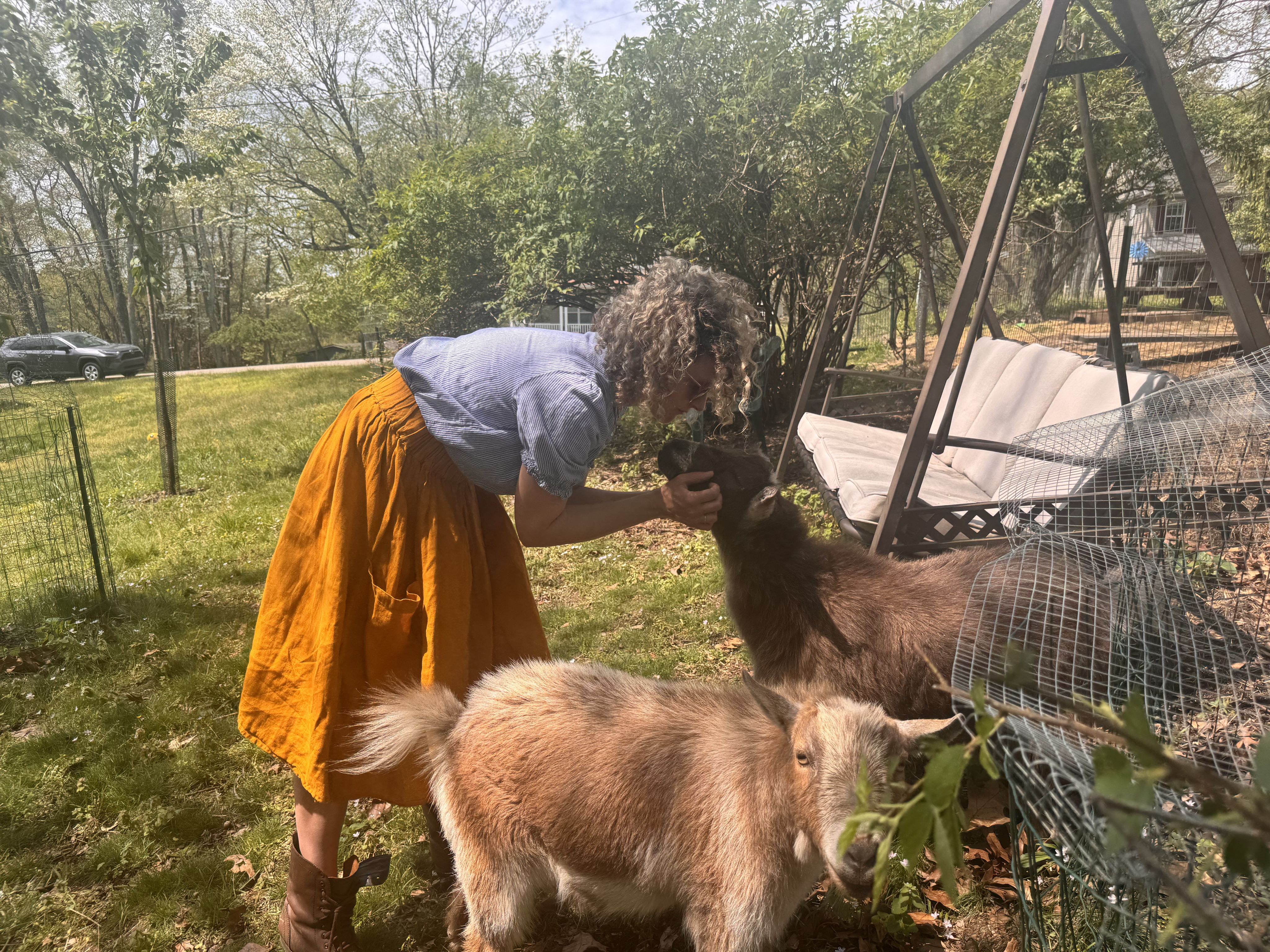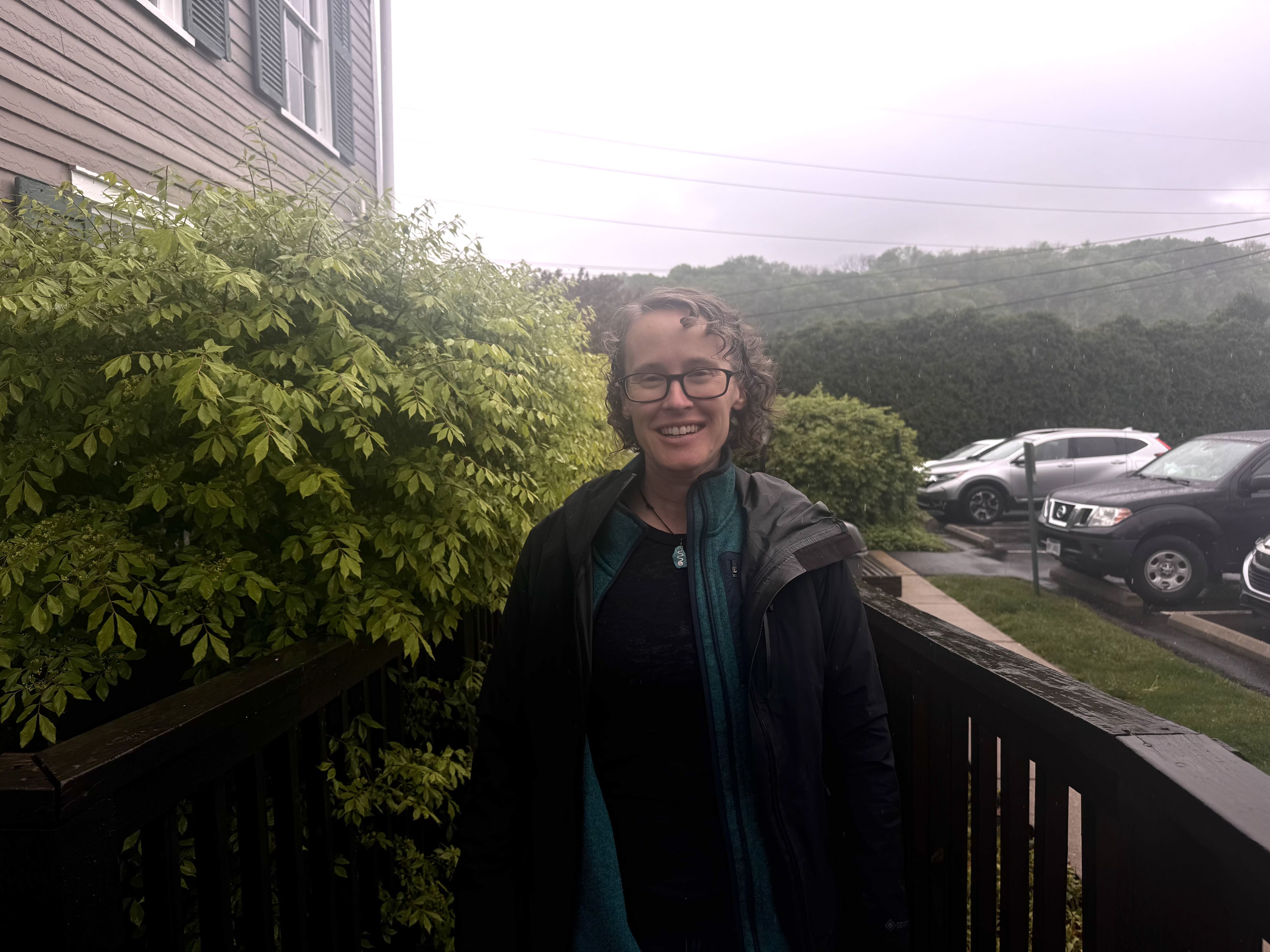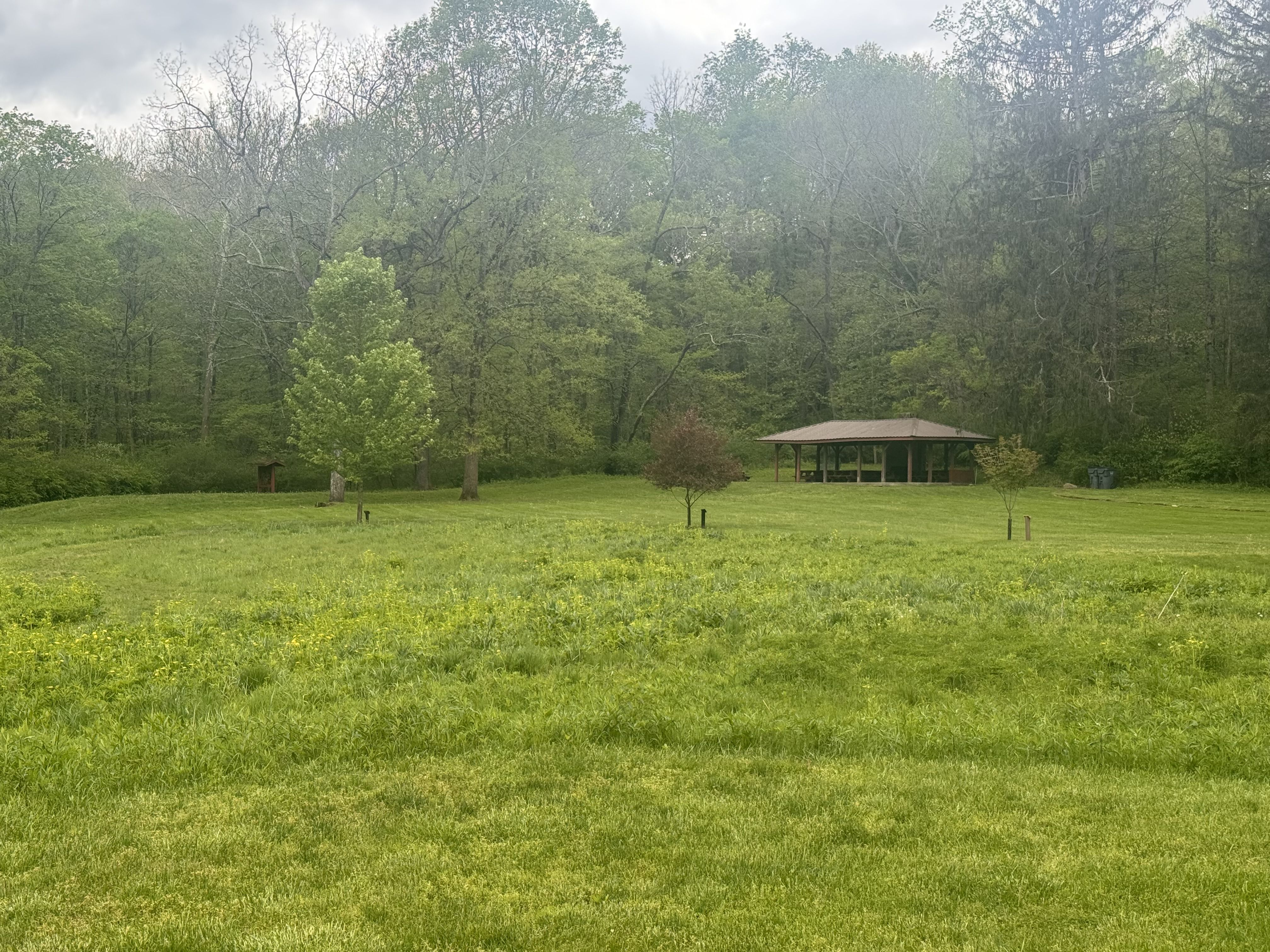What You Can Do
When a problem feels huge, doing your part can help

In the face of large problems, self-empowerment can come from taking matters into our own hands.
This is a story about two women who are committed to getting plastic out of their lives, and living more in balance with nature.
Following their stories, we've compiled a buying guide for others who would like to do the same.
Annie Kiener
Annie Kiener with her two goats, Nature and Jeffery.

Annie Kiener, a Granville resident and mom of two, found her inspiration for sustainability after having her children.
“I have two kids,” she said. “So it's really important for me to live a sustainable life and to teach them how to live a sustainable life because they are the future, and this planet is going to be their planet.”
Kiener has many ways to keep her and her family's environmental footprint small. From shopping with tote bags to using wax food coverings on leftovers, she is doing it all.
When needing something for the family, instead of buying new, she first turns to a “Buy Nothing” Facebook group. Formed in the hope that less will end up in landfills, this Facebook page community gives away items such as suitcases, bikes, clothes and much more.
“It's a great way to reuse things and stop things from ending up in the dumpster,” she said.
Kiener also pays particular attention to the containers her products come in.
“If a product is available in a non-plastic form I will get it,” she said. She has turned to the brand Blueland for many of her household cleaning products.
Blueland offers an alternative to those hard plastics that contain cleaning products such as dish soap, laundry soap and counter cleaner.
She uses Tru Earth laundry strips that come in a compostable cardboard box which she can use for composting on her farm. “The small things are the ones that really add up, the ones people don't really think about,” she said.
For her, “being intentional with what you do” is the most important aspect of sustainability.
“What is the end of this?” she often asks. “Is this going to end up in a landfill for my children to deal with in their later years?”
Grace Gordon
Grace Gordon became a park ranger and started teaching in the Great Smoky Mountains National Park in 2004. Photo by Katie Nader.

Grace Gordon, an elementary school teacher who focuses on outdoor education, has a similar passion for teaching children about the importance of taking care of the environment. She follows the psychology of environmentalist David Sobel, who emphasizes not delivering bad news to children before fourth grade — including the decline of our environment.
“My goal with the kids is that they fall in love with nature, so when they learn that the earth has problems, they feel the love of nature come through, and they feel this desire to help the earth,” Gordon said.
She teaches children in school and summer campus by taking them out into the woods and showing them the wonderful things nature has to offer, modeling for them how they can take care of it.
Growing up playing in Spring Valley Pool, now Spring Valley Nature Preserve, was where Gordon's love for the earth was born. She would go out with just her siblings and friends. "We formed this really deep bond with the earth through those experiences," she said.
When I am learning about the environment or teaching others about the environment, I feel most purposeful."
- Grace Gordon

It was Gordon's senior year of high school when she learned that the earth has problems. She watched an educational video on pollution in Mr. Dalton's environmental science class at Granville High School in the fall of 1999.
Gordon remembers raising her hand to ask, "When are we going to stop polluting?"
Mr. Dalton responded, "We all consume. We all have waste. It's not going to happen."
"That really hit me hard," Gordon said. "Ever since then I feel that when I am learning about the environment or teaching others about the environment, I feel most purposeful."
In Gordon's personal life, she also makes sure to show consideration towards the environment and the consequences.
From bringing large cloth bags to the grocery store, to bringing her own containers to restaurants for leftovers instead of using the styrofoam containers, she is doing everything in her power to reduce the amount of damage that is being done to the planet.
She even goes a step further than most people in her recycling routine. “I send half of my recycling down to Cincinnati to my sister so she can recycle at the hub.”
The Cincinnati Recycling and Reuse Hub is a recycling center in the heart of Cincinnati that takes everything and recycles it. The entire upstairs portion of the building is dedicated to donating unwanted items so someone else can take it.
"With reduce, reuse, recycle, it is said in the order that you're supposed to prioritize," she said.
Gordon emphasized that reducing waste is the most powerful thing people can do of the three.
At the end of the week, teaching her kids, Gordon always tries to "explain that they own this place, so it's their job to protect it."
Product Swaps | Kitchen
Photo Credits: DirtyLabs
Photo Credits: DirtyLabs
Dishwasher Detergent Tabs
Dishwasher detergent with a range of 0.75 – 3 microplastics per gram within them contaminate the water. Dirtylabs is an environmental alternative.
Photo Credits: Blue Land
Photo Credits: Blue Land
Sponges
Common sponges found in stores contain plastic material, and release microplastics. Organic sponges are a good alternative.
Photo Credits: Etsy
Photo Credits: Etsy
Dish Soap
Dish Soap contains microplastics for the purpose of reducing the foam and ensure the dirt is eliminated more efficiently. The bottles that they come in are also single use leading to more plastic waste. Bar dish soaps are an alternative.
Photo Credit: Bee's Wrap
Photo Credit: Bee's Wrap
Wax Food Wrap
Traditional plastic food wrap cannot be recycled due to its film-like texture which gets caught in the machinery used for recycling. Plastic wraps will end up in the landfill. Bee's wax wrap is an alternative.
Photo Credits: Amazon
Photo Credits: Amazon
Photo Credits: Smart Podz
Photo Credits: Smart Podz
Reusable Espresso Pods
Instead of using single use espresso pods for your coffee machine, switching to reusable ones cuts down on the amount of waste that ends up in landfills.
Photo Credits: Stasher
Photo Credits: Stasher
Snack Bags
Single use plastic bags are not recyclable, and leach microplastics. Silicone bags are reusable and are a good alternative.
Photo Credits: Rishi
Photo Credits: Rishi
Tea Bags
Tea bags release microplastics. Use loose leaf tea like that from Rishi. No microplastics, and the taste is amazing!
Photo Credits: Etsy
Photo Credits: Etsy
Cutting Board
Plastic cutting boards leach microplastics are released and that combine with your food. Hardwood is recommended. Good options are available on Etsy.
Product Swaps | Bathroom
Photo Credits: Bite
Photo Credits: Bite
Toothpaste
Toothpaste contains microplastics for the purpose of reducing foam and ensure dirt is eliminated more efficiently. The containers are single use leading to a large amount of waste. Pellets, in reusable containaers, are a good alternative.
Photo Caption: Bite
Photo Caption: Bite
Toothbrush
Plastic toothbrushes toothbrushes leach microplastics into the mouth, and pollute the environment. Bamboo toothbrushes are a good option.
Photo Credits: Blue Land
Photo Credits: Blue Land
Hand Soap
Switching to bar soap rather than liquid hand soap in single use plastic containers is more sustainable for the environment and helps to cut down on your own plastic waste footprint.
Photo Credits: Hanni
Photo Credits: Hanni
Razors
Plastic razors can take decades to break down. It then hangs around, essentially forever, in the form of microplastic particles found in air, water, food, clouds, animals, breast milk and throughout our bodies. The solution for this is to use metal razors rather than plastic.
Photo Credits: Blue Land
Photo Credits: Blue Land
Body Wash
Some shower gels have formulas that contain microplastics that are not biodegradable. Don't use shower gel.
Photo Credits: Kitsch
Photo Credits: Kitsch
Bar Shampoo & Conditioner
Swapping to a bar soap for shampoo and conditioner cuts down on the amount of single use plastics in your home.
Photo Credits: August
Photo Credits: August
Pads
The National Institute of Health has declared women's hygeine products with micro and nano plastics a potential reisk to women's health. Alternative products are becoming available.
Photo Credits: Diva
Photo Credits: Diva
Tampons/Menstrual Cup
Many women swear by this healthy, reusable option to take control of their personal health.
Photo Credits: Ethique
Photo Credits: Ethique
Lotion
Lotion often comes in plastic containers which will often end up in landfills. Switching to a lotion in a non-plastic containers cuts down on what goes into the landfill.
Product Swaps | Laundry
Photo Credits: Blue Land
Photo Credits: Blue Land
Laundry Detergent Tabs
Laundry detergent bottles are an enormous waste of plastic. Most will not be recycled. Many alternatives exist.
Photo Credits: Home Depot
Photo Credits: Home Depot
Dryer
Clothes dryers in general are a big source of microplastics. Dryer sheets don't help. Consider a clothesline.
Photo Credit: Zero Waste Store
Photo Credit: Zero Waste Store
Stain Remover
Stain remover often comes in large plastic containers, which usually end up in landfills. This stain stick is a good alternative.
Product Swaps | Miscellaneous
Photo Credits: River Organics
Photo Credits: River Organics
Makeup
The lack of testing for microplastic in “leave-on” cosmetics and personal care products means significant aspects of microplastic contamination are not investigated. Natural alternatives are available.
Photo Credits: Simply
Photo Credits: Simply
Gum
Many gum brands use a type of plastic called gum base, a synthetic polymer. Microplastics are released when the gum is chewed, which will then enter your blood flow. Natural alternatives are available.
Photo Credits: Bee Hive Candles
Photo Credits: Bee Hive Candles
Candles
Many candles are made out of paraffin wax, which, when burned, can breakdown and release microplastics. Bees wax candles are a good replacement.
Photo Credits: Circular Bodies
Photo Credits: Circular Bodies
Sunscreen
72% of Sun Care products contain microplastics for convenience reasons on the manufacturer's part. These microplastics seep into our skin and are harmful for the body. Good alternatives will not come in a plastic container.
Photo Credits: Inana
Photo Credits: Inana
Nail Polish
Some nail polishes contain harmful ingredients. There are natural options.
Photo Credits: Vera Salt
Photo Credits: Vera Salt
Salt
Microplastics often end up in large bodies of water, many of them landing where companies source salt. Between 1 to 10 Microplastics/Kg of salt are found in popular salt brands. Some compainies claim to test for the purity of their product.


































